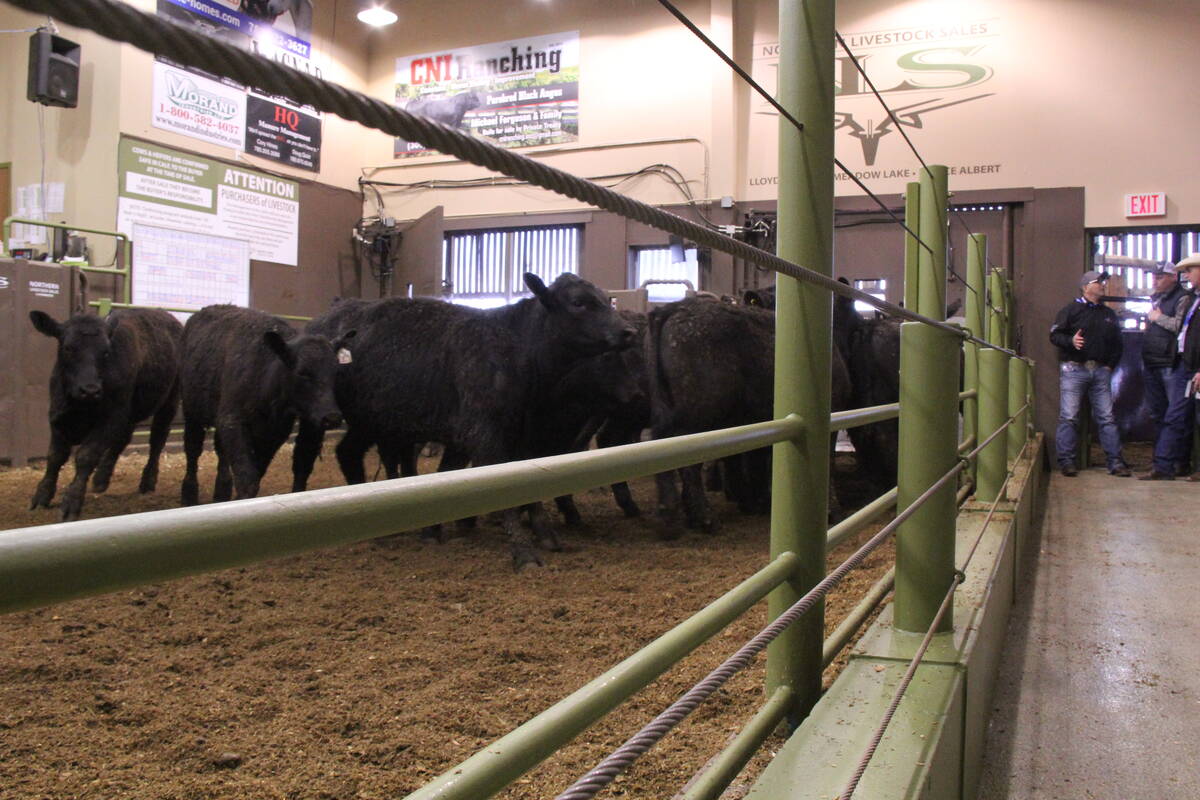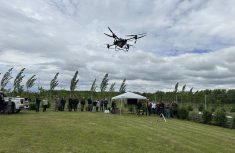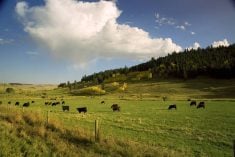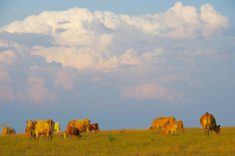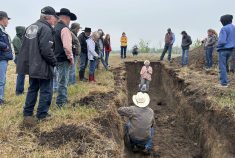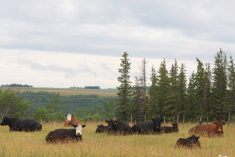On August 1, the Saskatchewan Cattle Association raised the provincial portion of its check-off, raising the total check-off from $4.50 to $5.25 per head. This also put Saskatchewan’s check-off higher than Alberta’s, which still sits at $4.50. And because so many cattle are sold across that provincial border, everyone had to put their heads together to change how the check-off is collected in Western Canada.
First, a brief bit of background on the cattle check-off. Provincial cattle associations collect check-offs when cattle are sold by, for example, an auction mart. The association forwards the national portion to cattle organizations such as Canada Beef, the Beef Cattle Research Council and the Public and Stakeholder Engagement Program ($2.50 in Saskatchewan). This portion is non-refundable. The remainder funds the provincial association and the Canadian Cattle Association, as the national portion can’t be used to fund lobbying. This provincial portion is refundable, and the rate varies across the country.
Simple, right? Well, what about when a producer transports cattle across a provincial border to sell them? Which provincial rate applies?
Read Also
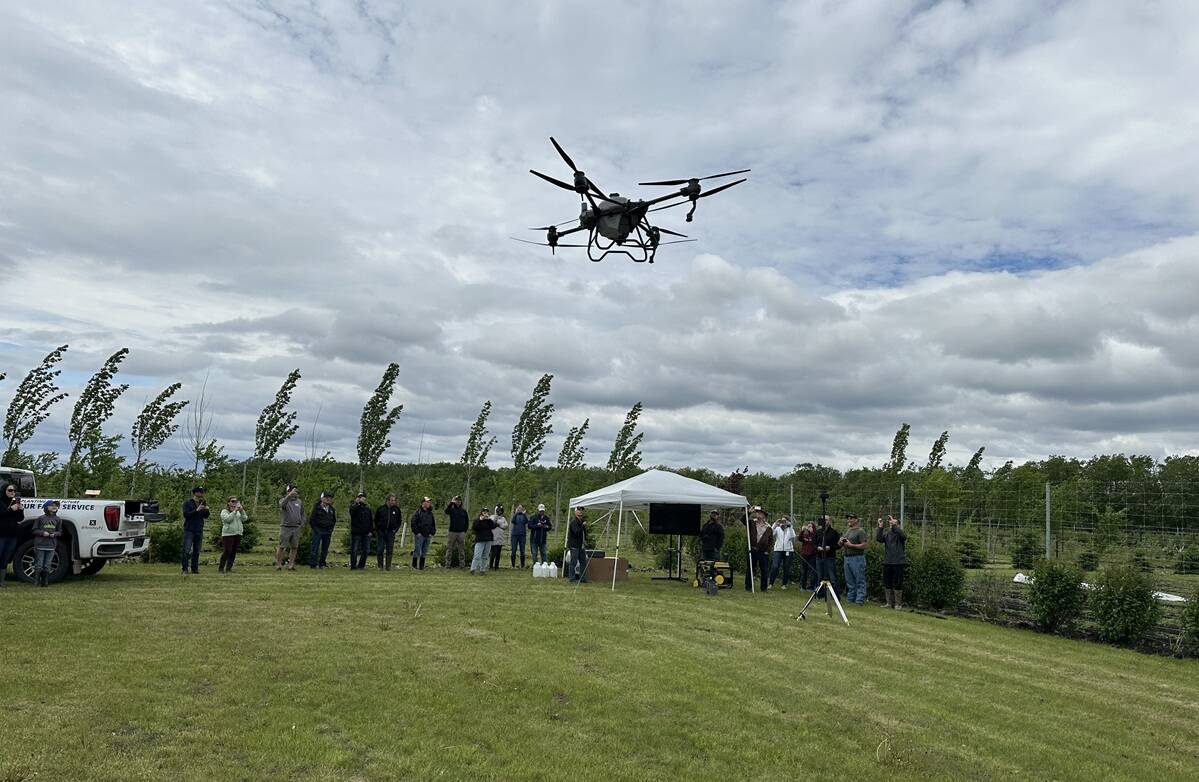
What an abundance or scarcity mindset means for farm and ranch families
Shifting to an abundance mindset means taking stock of what you’ve got and figuring out how to improve those resources.
When the check-off was originally set up, the check-off rate from Manitoba to the Maritimes was based on the province the producer called home. If an Ontario beef farmer sold his cattle at an auction mart in Quebec, the check-off was set at the Ontario rate. This makes sense, because the rates diverge between those provinces.
But in Saskatchewan, Alberta and B.C., it’s been based on where the cattle were sold. This is because the check-off was originally handled by provincial governments, not provincial cattle commissions, in these three provinces. The provincial governments weren’t able to manage the check-off rate following the cattle across provincial borders. Plus, all three had similar provincial check-offs, so it didn’t much matter. B.C.’s check-off is 50 cents higher than Alberta’s, but they’ve been able to deal with that on a one-on-one basis. And so we ended up with a “split” mechanism for calculating the check-off rate — one way of doing it out East, and one in the West.
However, over time, things have changed. Provincial cattle associations now oversee the check-off out West. More cattle have been moving around the country. It’s important to know that Saskatchewan and Alberta have the most cattle moving back and forth. So, once Saskatchewan announced its rate increase, all kinds of implications emerged.
For example, Alberta producers selling their cattle at an auction mart in Saskatchewan would end up paying a higher check-off than they should. Saskatchewan producers selling in Alberta would pay less. That would also complicate things for the Alberta and Saskatchewan cattle associations, which would receive more or less than they should from those sales (and who knows how that would affect refund requests). It seems like a logistical nightmare to me, and I don’t know how they would have done their revenue projections.
You can also see how this would likely affect auction marts close to the Alberta-Saskatchewan border. A Saskatchewan rancher near the border might choose to ship her cattle to an auction mart in Alberta, purely to take advantage of the lower check-off. That’s just the kind of unintended market distortion the industry wants to avoid.
So, after much consultation with the rest of the industry, the check-off collection mechanism is changing out West. It will now be based on the province you live in, not where you choose to sell your cattle, creating consistency throughout the country. The collection mechanism change has been timed to coincide with Saskatchewan’s check-off rate change, to maintain market neutrality as we head into the fall calf run.
What does that mean for producers? If you ranch near Maidstone, Sask., and sell your cattle at the Vermilion Livestock Exchange in Alberta, you will still pay the Saskatchewan rate. If you ranch near Blackfoot, Alta., and sell your cattle at Northern Livestock Sales east of Lloydminster, Sask., you will pay the Alberta rate. While this is a major change to the way the check-off works, there’s no extra work involved for producers. The auction marts will make sure the correct check-off is applied to the cattle and send it to the producer’s provincial cattle association. However, there will be more information available on the provincial cattle association websites.
Melinda German, the general manager of the Canadian Beef Cattle Check-off Agency, sat down with me in early July and patiently answered my various questions for this column. Tayla Lindsey, who handles partner engagement at the agency, reached out to me about the change and sent me background information. Thanks to them both.
Perhaps this might seem like inside baseball to some readers. But when you look at all the industry activity the check-off supports, and how it’s leveraged to obtain more funding from governments, I think it’s prudent to understand how it’s calculated, collected and distributed, as well as any changes to that system. c


